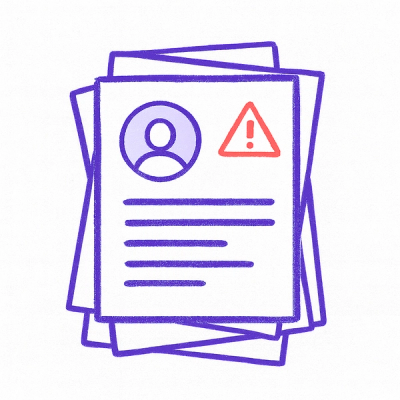
Research
Two Malicious Rust Crates Impersonate Popular Logger to Steal Wallet Keys
Socket uncovers malicious Rust crates impersonating fast_log to steal Solana and Ethereum wallet keys from source code.
requests-oauth2
Advanced tools
OAuth v2.0 support for kennethreitz's well-known Requests library.
This library wants to provide the simplest and easiest way to do OAuth2 in Python. OAuth2 is much easier to do than old OAuth1.0, and likewise this library is simple, free of cruft, and practical in everyday use. If you are looking for a way of doing OAuth 1.0, see requests-oauth.
Authors: see AUTHORS.
License: BSD
Examples: with Flask.
Skip this if you know how OAuth2 works.
https://www.foo.example/loginhttps://api.qux.example/oauth/authorizeLook into the examples directory for fully integrated, working examples.
Some providers are included out of the box, but adding more is quite easy. In this example, we'll get started with Google.
You will find Client ID & secret (point 1 above) in your Google API console.
You must choose the redirect URI, which must be handled by your web app.
from requests_oauth2.services import GoogleClient
google_auth = GoogleClient(
client_id="your-google-client-id",
client_secret="super-secret",
redirect_uri="http://localhost:5000/google/oauth2callback",
)
When the user visits the login page (point 2), we'll build an authorization URL (point 3) that will direct the user to Google's consent screen, asking to grant the specified scopes (point 4):
authorization_url = google_auth.authorize_url(
scope=["email"],
response_type="code",
)
Once the user clicks "allow", Google will redirect them to the redirect URI (point 5), which will include the code as one of the query string parameters:
http://localhost:5000/google/oauth2callback?code=...
The code will be used to request an access token (point 6), necessary for all following requests to the API:
code = get_request_parameter("code") # this depends on your web framework!
data = google_auth.get_token(
code=code,
grant_type="authorization_code",
)
You can store it somewhere for later use, e.g. in the session, or in the database:
session["access_token"] = data["access_token"]
The exact method for supplying the access token varies from one provider to another. One popular method (supported by Google) is via the Bearer header. There's a helper shortcut for this:
from requests_oauth2 import OAuth2BearerToken
with requests.Session() as s:
s.auth = OAuth2BearerToken(access_token)
r = s.get("https://www.googleapis.com/plus/v1/people/me")
r.raise_for_status()
data = r.json()
Other providers, such as Facebook, allow the access token to be passed as a request parameter (in the query string). You would so something like this:
from requests_oauth2 import OAuth2BearerToken
with requests.Session() as s:
s.params = {"access_token": response["access_token"]}
r = s.get("https://graph.facebook.com/me")
r.raise_for_status()
data = r.json()
Using OAuth 2.0 to Access Google APIs: https://developers.google.com/accounts/docs/OAuth2
Using OAuth 2.0 for Web Server Applications Google APIs: https://developers.google.com/accounts/docs/OAuth2WebServer
OAuth 2.0 in Facebook: http://developers.facebook.com/docs/authentication/
Github OAuth 2.0 usage: https://developer.github.com/apps/building-oauth-apps/
You can use postbin for testing webhooks: http://www.postbin.org/
FAQs
OAuth2 support to Python-Requests HTTP library.
We found that requests-oauth2 demonstrated a healthy version release cadence and project activity because the last version was released less than a year ago. It has 2 open source maintainers collaborating on the project.
Did you know?

Socket for GitHub automatically highlights issues in each pull request and monitors the health of all your open source dependencies. Discover the contents of your packages and block harmful activity before you install or update your dependencies.

Research
Socket uncovers malicious Rust crates impersonating fast_log to steal Solana and Ethereum wallet keys from source code.

Research
A malicious package uses a QR code as steganography in an innovative technique.

Research
/Security News
Socket identified 80 fake candidates targeting engineering roles, including suspected North Korean operators, exposing the new reality of hiring as a security function.